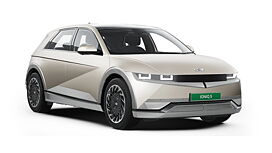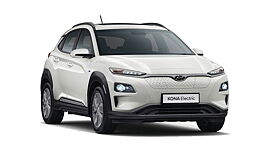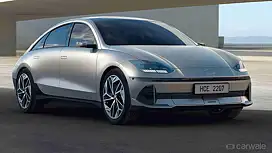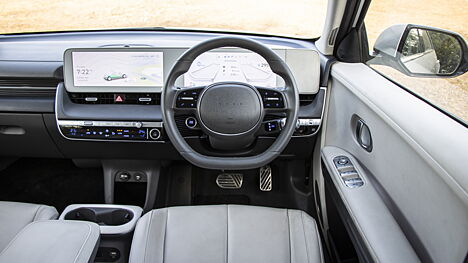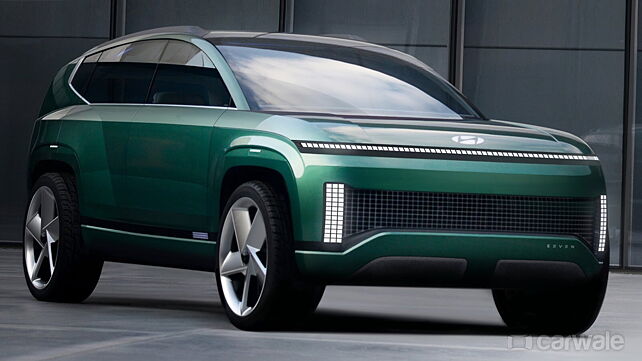
- Will evolve from the current E-GMP
- 13 new models planned on this platform to come between 2025 and 2030
At the annual investor presentation, Hyundai announced their plans of developing a new modular platform, which will spawn the next generation of electric vehicles. This new platform will be called Integrated Modular Architecture (IMA) and will debut 13 new models before the turn of this decade.
What are the highlights of the IMA platform?
The IMA platform will be modular as it will underpin different body styles, including small and large passenger vehicles, as well as large-size pickup trucks and luxury models under the Genesis brand. There are 13 new models planned on the IMA which are spread across three brands – four Hyundai models, four Kia models, and five Genesis models. All of these will come to the market between 2025 and 2030.

Apart from modularity, it will also be able to accommodate different types of batteries that Hyundai is working on in collaboration with other brands. These new battery technologies include LFP (which will be used from 2025), solid-state batteries, and the more efficient lithium-ion batteries. The IMA platform will also support high-power motors for luxury as well as performance models. Plus, it will have AI-based, real-time diagnosis for battery safety, including fire hazards.
Hyundai claims that the new platform has been developed for high collision safety in all regions. Moreover, open OS applications would allow better service expansion across different markets. This IMA platform will also support Level 3 autonomous technology. Now, with Level 3 ADAS, the cabin will have more space along with a flat floor and provision of swivel seats in both the first and second rows.
Production plans for IMA-based EVs:

Hyundai plans on putting the IMA-based EVs in production within the next two years. These models will have a dedicated plant instead of sharing lines with ICE models. This move will help Hyundai increase its logistic automation as well as expand the number of models in production. This in turn will reduce the waiting periods for new EVs and also help push the carbon-neutral target of the Korean carmaker.

